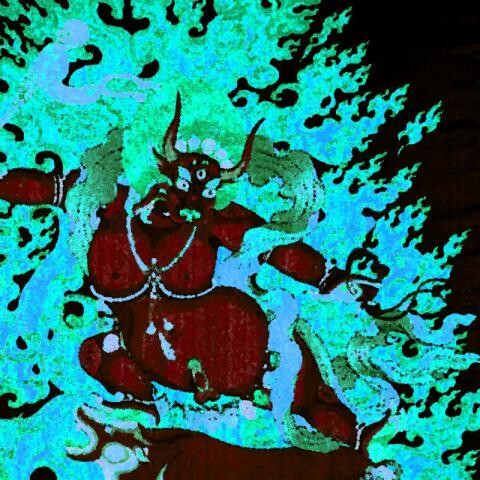tag "math"
Maximizing inharmonicity
As I've said before, I'm interested in slow ambient drones - sounds that smoothly change their texture over a period of time without any sharp boundaries or beats. If you have something like this playing in the background, I want for it to never grab your attention, but when you occasionally do focus on it, you notice something different each time. In my " Totally tubular" posting last month, I talked a bit about making inharmonic bell sounds using a hardware modular synth. This week I've been playing with additive synthesis in the Csound software modular. READ MORE
Ribbet!
The Leapfrog VCF does not actually go "ribbet," at least not without some effort. But after being told by one friend I showed it to that most people don't want to make real music with their modulars but just want something that goes "uuuuuuuuuuuLAAAAAAAAAAAAARGH" (which, let's face it, is true) I've added a demo highlighting that. Uulargh? Yeah, we've got this. READ MORE
Preferred values for resistors and capacitors
You've probably noticed that although resistors and capacitors come in many different values, some of which seem like they could be randomly chosen, there's nonetheless some sort of logic to it. You'll see power-of-ten sizes like 1kΩ, 10kΩ, 100kΩ and it's understandable that those would be "round" numbers it might be convenient to use and manufacture... but for instance there also seems to be something special about the number 47, so you see many resistor values like 4.7kΩ, 47kΩ, 470kΩ, and capacitors like 0.47µF and 470pF. Why 47? Why not 46 or 48 - especially when 47 is a prime number and 48 has many small divisors, which would seem like it might be convenient? Here are some notes on the commonly-used numbers and where they come from. READ MORE
Notes on notes on the plane
For this week's Web log entry, I'm digging into my back catalogue again to look at some of the geometry behind the Black Swan Suite. This is all written up in a PDF file with some musical notation and stuff that doesn't work well in HTML; read that if you want details, but I'll give a taste of the construction here. READ MORE
Fun with fractal chord progressions
I make a lot of music that is intended to be "ambient": something you can put on in the background and have it create a mood without demanding conscious attention in the foreground all the time. I'm also interested in automatic generation: I'd like to define some kind of pattern or structure and then have machines expand that into a complete composition, and have it be interesting all the way through, without too much human supervision. In this week's entry I'm going to go through a piece called Dharmapala which I wrote a couple years ago using a fractal chord progression. I've used this same technique in several other works, with varying success; I even built a mode for it into one of my homemade modules for realtime performance. But so far I've gotten the best results applying it in offline composition with a lot of careful planning and experiment. READ MORE




